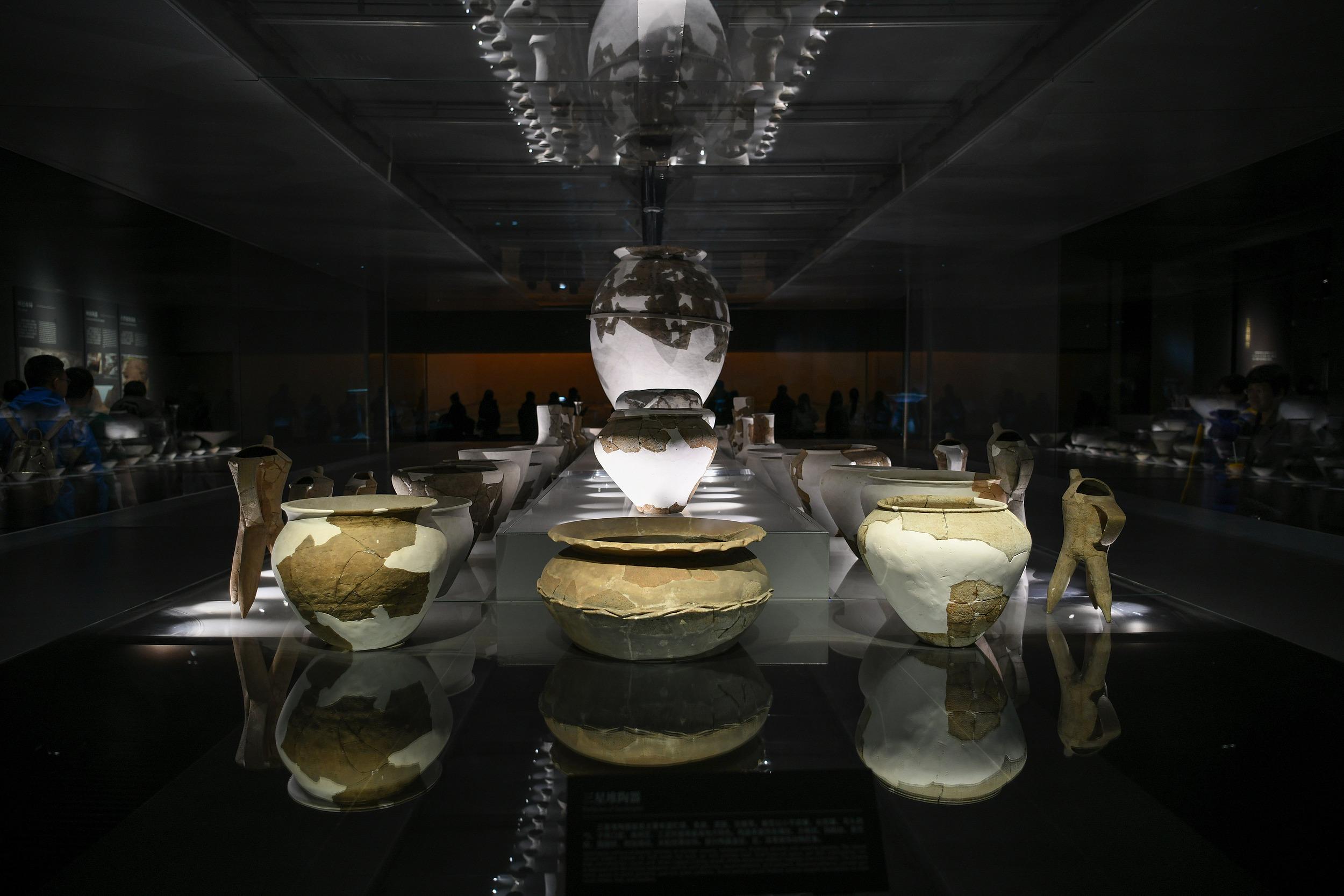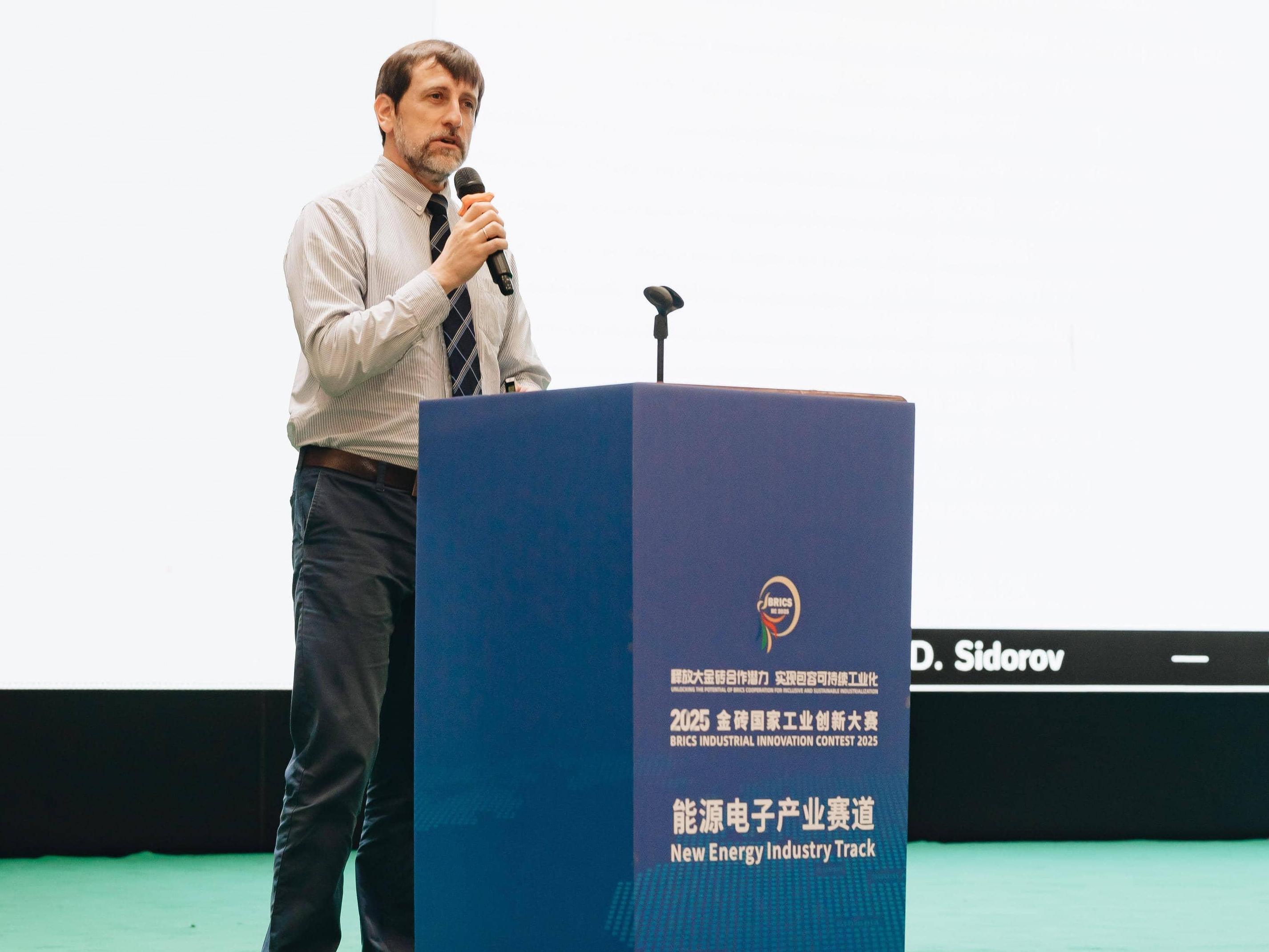Revival of Cultural Heritage Preservation

In recent years, China has made remarkable strides in leveraging cutting-edge technologies to safeguard its rich cultural heritage. From the ancient Great Wall to priceless artifacts from the rich Sanxingdui archaeological site, a major Bronze Age culture, advancements in scientific research are redefining the way historical treasures are protected, preserved and passed down to future generations.
The Great Wall, a symbol of China's enduring spirit and a UNESCO World Heritage Site, has seen various efforts to protect it with technological innovations. One of them is a collaboration between the Beijing University of Civil Engineering and Architecture's Urban Big Data Research Center and the Beijing Great Wall Cultural Research Institute.
Since 2021, a joint team has been monitoring environmental vibrations that threaten the Great Wall's integrity at two districts in Beijing. Using technologies such as the BeiDou Navigation Satellite System, Interferometric Synthetic Aperture Radar and weather monitoring systems, the team has developed a multi-modal deformation monitoring system that analyzes the impact of vehicles, rainfall, temperature and other environmental factors on the Great Wall's structure. This is a significant step toward preventive conservation instead of taking reactive measures.
In artifact preservation, researchers at the University of Electronic Science and Technology of China in Chengdu city, Sichuan province in the southwest, have developed a terahertz near-field imaging system to analyze the internal structure of the Sanxingdui bronze artifacts, without causing them any damage. This non-invasive technology enables the identification of internal material properties and degradation, facilitating more precise and efficient restoration methods.
Further west in Chongqing, a team led by Liu Hanlong, a Chinese Academy of Engineering academician and a professor of Chongqing University, has pioneered a microbial mineralization reinforcement technology to restore the famous Dazu Rock Carvings, religious sculptures and carvings dating from the 9th to the 13th century.
This eco-friendly and non-toxic approach strengthens rock surfaces without introducing foreign substances, following the core conservation principle of minimal intervention.
Digital technology is also playing a transformative role in the preservation of intangible cultural heritage. The Mogao Caves in northwest China's Gansu province, renowned for their exquisite murals, are being digitalized with 3D modeling to enable virtual visits. Through these digital records, the cultural wealth of the caves can be preserved for eternity, allowing global audiences to access these treasures as well.
These technological advancements represent a fusion of sci-tech and culture, ensuring that China's heritage remains protected, vibrant and accessible for future generations. The preservation of cultural heritage is not only a responsibility but also an opportunity to share the profound values of the Chinese civilization with the world.







